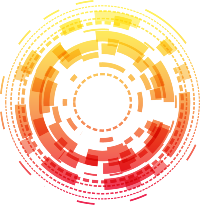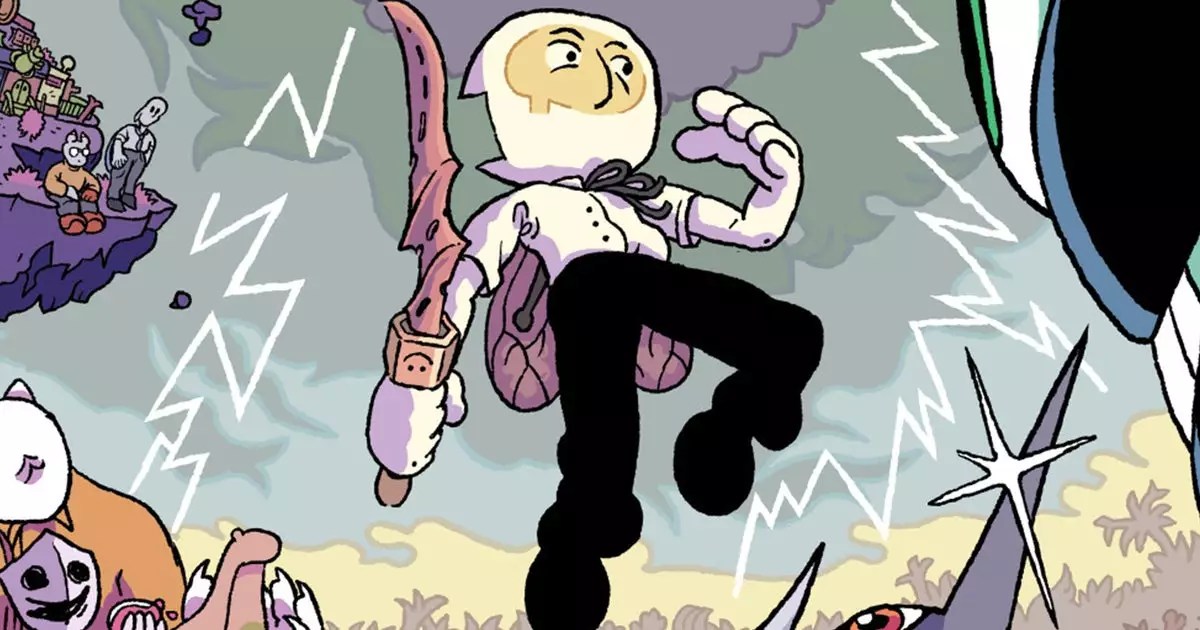In a gaming landscape dominated by genre conventions, finding a title that genuinely pushes the boundaries is a rare and refreshing experience. Blanksword boldly challenges the typical categorizations we often take for granted. Instead of sticking to traditional formulas, it combines the meticulous strategy of roguelike mechanics with the narrative richness of role-playing games—two genres that don’t often intersect seamlessly. This fusion, if executed well, has the potential to create a uniquely compelling experience that appeals to a diverse array of players.
What sets Blanksword apart is its narrative premise—a protagonist known as Blank, an angel who has survived a brutal attack leaving him brainless and amnesiac. This intriguing storyline sets the stage for a game immersed in mystery and self-discovery. Traversing a series of islands ruled by a godlike entity, the game explores themes of identity and memory with a surreal, almost philosophical undertone. It’s not simply about combat or exploration, but also about unraveling layers of personal history in a world that feels purposely crafted to challenge perceptions.
Artistic and Narrative Influences: A Nod to Indie Iconography
The artistic style of Blanksword carries a distinctive indie charm, reminiscent of titles like Hylics and OFF—games beloved for their unconventional aesthetics and profound storytelling. Notably, one of the game’s directors, Quinn K., is known for translating OFF, which links the two projects culturally and thematically. Mortis Ghost, the original creator of OFF, has contributed artwork for Blanksword, further blurring the lines between mainstream and independent art. This collaboration signals that the game’s visual design isn’t merely cosmetic; it is an integral part of its identity.
This mixture of visual storytelling and thematic depth suggests that Blanksword’s creators are aiming for more than just surface-level engagement. They seem intent on crafting an experience that invites players to interpret and ponder alongside the gameplay, aligning with the tradition of experimental indie RPGs that prioritize narrative over conventional polish.
Deep Mechanics that Foster Player Agency
From a gameplay standpoint, Blanksword introduces mechanics that intrigue and challenge in equal measure. Its turn-based combat system promises flexibility and variety—players will acquire a plethora of moves, with hundreds of options that evolve across different runs. This variability hints at a high degree of replayability, encouraging players to experiment with different strategies and builds to discover the most effective approach for each encounter.
A standout feature is the “Angelic Brain Parts” system, which cleverly reflects the protagonist’s fractured mind. As players acquire different brain parts, they unlock specific abilities—ranging from weapons of intimidation and smell detection to complex reasoning and bargaining skills. The limitation on how many brain parts can be active at once adds a layer of strategic decision-making, forcing players to weigh options thoughtfully. This mechanic not only bolsters gameplay depth but also enriches the narrative immersion, as each choice directly influences the protagonist’s capabilities.
The Promise of Innovation and Community Engagement
The fact that Blanksword is currently seeking crowdfunding through a Kickstarter campaign indicates an ambitious vision supported by community backing. The release of a playable demo on Steam offers a rare glimpse into the game’s mechanics and artistic style, demonstrating the developers’ confidence and transparency. Testing this demo reveals that the roguelike elements integrate surprisingly well with traditional RPG aspects, producing a hybrid that doesn’t feel forced or gimmicky but thoughtfully designed.
Moreover, the involvement of Mortis Ghost and his artistic touch signifies a commitment to quality and artistic integrity. This connection not only elevates the game’s visual appeal but also hints at the narrative and thematic nods that will resonate with fans of experimental and surrealist indie titles. The developers’ planned inclusion of Ghost’s design in future content, contingent on successful funding, underscores their desire to foster a community-driven project that evolves organically.
Looking Into the Future: High Potential with Cautious Optimism
While the game’s release date remains speculative—projected around 2027—the excitement generated by its concept and early demos suggests it could carve out a distinctive niche within the indie gaming scene. Its blend of genres, striking visual style, and narrative ambition make it stand out as a game worth watching.
Blanksword exemplifies the innovative spirit often buried beneath mainstream development, offering players a chance to experience something truly different. If it manages to deliver on its promises, it could develop into a cult classic that redefines how we perceive genre boundaries. For now, the best course of action is to support its journey through wishlisting and trying out the demo, positioning oneself for what might become a groundbreaking addition to the indie RPG palette.

